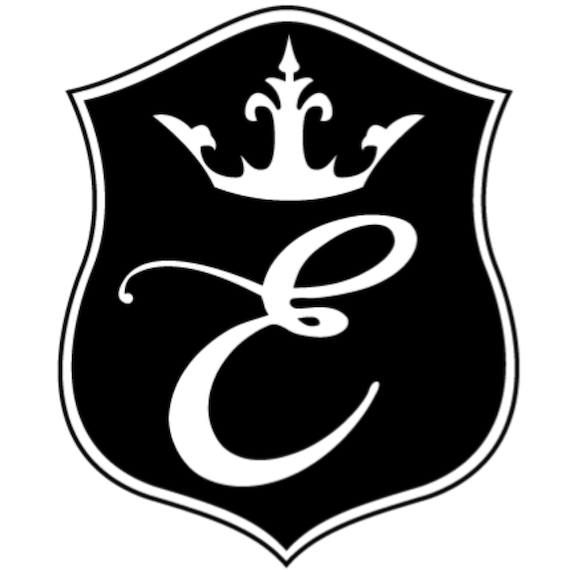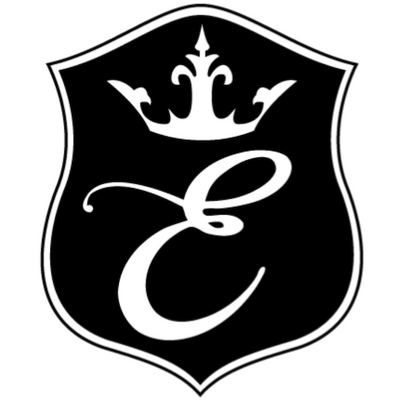TIPS ON CLIPPING YOUR HORSE
Tips On Clipping Your Horse

When the autumn comes and the first leaf falls, it is time to decide if you need to clip your horse or not. How to decide and how to clip your horse correctly? We will answer these questions in our article!
Why You Should/Shouldn’t Clip
A healthy horse changes its coat and grows longer body hair in autumn to keep itself warm throughout the winter. The horse owners who are planning to ride in winter should consider how hard the horse will work and what conditions the horse will live in.
If the horse will be worked hard and kept warm with under a blanket during the winter, it is beneficial for its health to clip the long hair off because clipping your horse’s coat allows the body heat to escape and helps the horse to cool down easily after the workout. If not clipped, a heavy winter coat can take a few hours to dry and the sweaty hair can cause your horse to be more prone to colic and cold.
If the horse will stay in the pasture for long times and won’t be worked too hard, or if the horse is too old to adjust the cold, it is better to keep the winter coat. You should also consider blanketing conditions. How often and which areas you blanket can change the way you need to clip the horse. For example, a full-body clipping is for the horses that will work hard throughout the winter. A hunter clipping (full body clipped except the legs and saddle area) is suitable for the horses that will work hard or medium during the winter. A strip clipping (a thin stripe from throatlatch to belly) is suitable for horses that will work very lightly.
*If the horse has a health problem, don’t forget to ask your veterinarian before clipping.
How To Clip
- First of all, you should start with grooming. The horse must be groomed or washed to get rid of the dust and dirt. If you prefer to wash before clipping, make sure the coat is properly dried. Choose a safe place to do the clipping so that if the horse gets spooked there won’t be any dangers for him or the person doing the clipping. Also, having a second person around you can be helpful as one person can calm down the horse and have the horse’s controls while the second person does the clipping. Dress properly considering the hair sticks everywhere. Before starting, you can oil the blades of the clipper to have a smoother clipping experience.
- Decide the clipping style considering the elements we mentioned above. Then, if you won’t clip everywhere, you may want to mark the lines you want the clip so you can get sharp and nice-looking lines. For that, you can use chalk or felt pen.
- While getting started, it is good to turn on the clipper first and then approach the horse watching his reactions. If the horse spooks, you can turn off the clipper and let the horse smell and touch it. After that, you can try turning on and off for a while to make sure the horse gets used to the sound. A good clipping process can take several hours so be patient with the horse. Stand well to the side of the horse so that he can see you and what you do.
- When the horse is finally ok with the clippers, you can start clipping. It is wise to start with the shoulders as it is the safest place to check the horse’s reactions. Try to make long strides moving the clippers against the direction of the hair growth. If you are working on a sensitive or a wrinkled area, you can use your empty hand to stretch the skin. This way, your hand can also absorb some of the vibrations so that the horse won’t get too annoyed.
- If you fail in the first try clipping a wrong area, it’s ok to stop the clipping and let the horse grow the hair again. After a few days, it won’t even be visible.
- Stop in every 10-15 minutes. Let the horse chill while you check the blades. Some machines can get too hot too quickly. So it’s good to check the heat of the blades every once in 15 minutes. If you have other blades, you can change them and continue clipping. If not, you can leave the clipper aside for a few minutes and it cools down. Also, cleaning and oiling the blades every 15 minutes is essential to continue clipping without any issues.
- After clipping, you can clean the loose hair with a very soft brush or towel. If there are oil stains on the horse, you can wash the body to avoid rush or skin problems. When the horse is finally clipped and cleaned, make sure to blanket the clipped areas before you leave him.
- Never leave the clippers and the blades dirty after you are done with them. Make sure to clean any hair rinse the blades in blade wash so that they can last longer.














Leave a comment